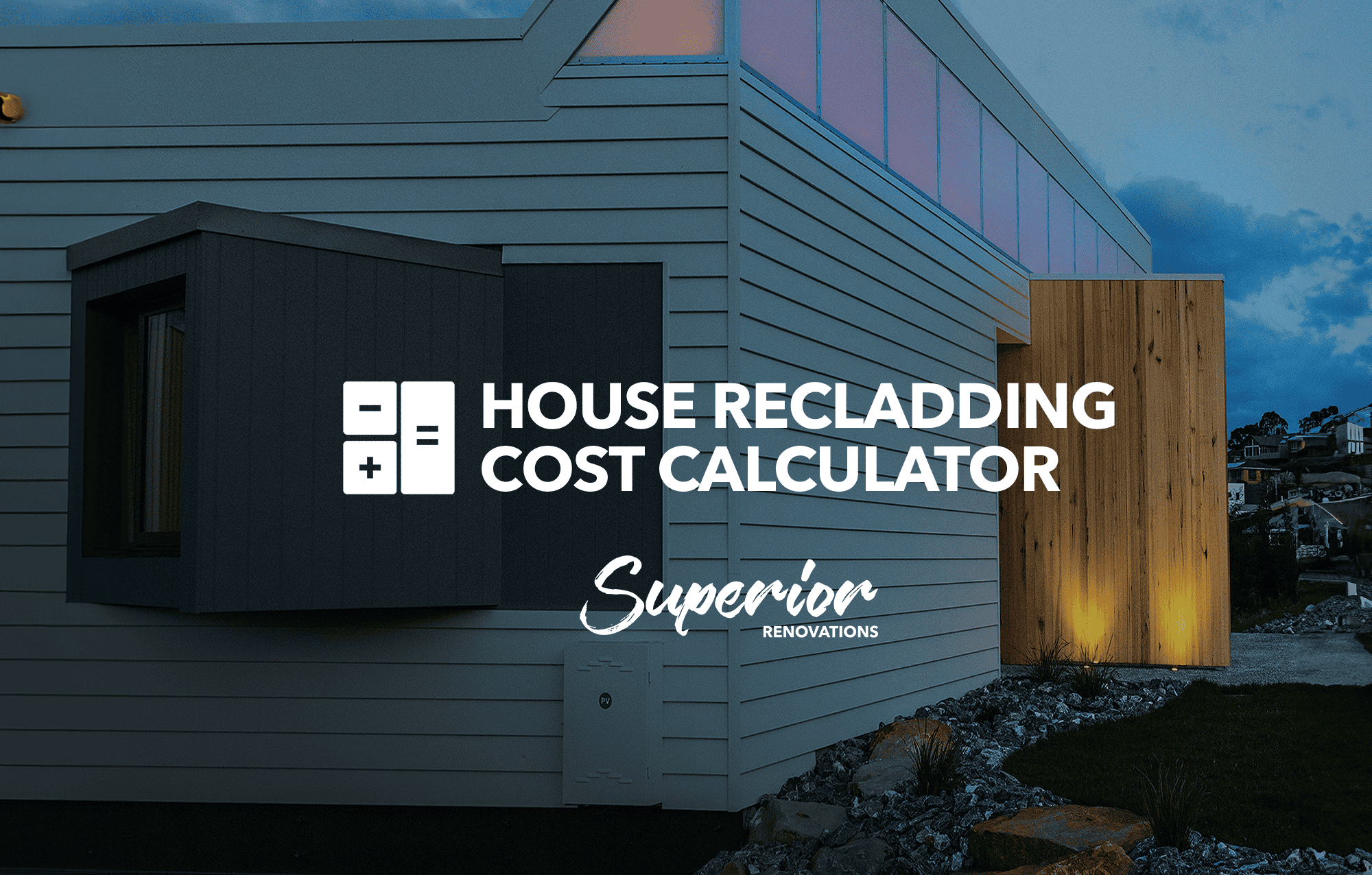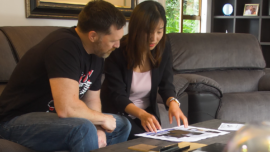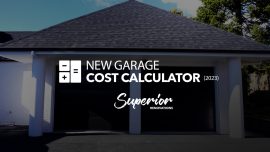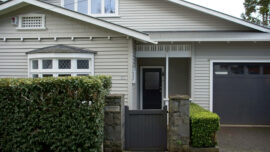
House Recladding Cost Calculator Tool (NZ)
Recladding is all about giving your home a fresh exterior by replacing the old, worn-out cladding with new materials. This process not only boosts your home’s appearance but also tackles issues like water damage and improves insulation.
Jump Straight to Recladding Cost Calculator Tool
Understanding Recladding Costs in Auckland
How Much Does Recladding Cost in Auckland?
Recladding a house in Auckland can vary quite a bit depending on several factors. For a standard two-storey home, you’re looking at anywhere between $330,000 and $380,000. Here’s a more detailed breakdown:
- Architectural Fees: $8,000 – $13,000
- Auckland Council Fees: $3,000 – $7,000
- Building Work: $220,000 – $400,000
Remember, these costs can go up if you need additional work like timber replacement, new doors and windows, insulation, deck repairs, or interior finishes like painting.
Factors That Affect Recladding Costs
Several factors can influence the overall cost of your recladding project, including:
- Extent of Damage: More damage means more repairs and higher costs.
- Material Choices: The type of cladding material you choose can vary in price.
- House Size and Design: Larger or more complex homes will cost more to reclad.
- Location: Costs can fluctuate based on labor rates and material availability in your area.
- Structural Issues: Any additional structural repairs needed will add to the overall cost.
The Recladding Process
Here’s a step-by-step look at what the recladding process typically involves:
- Assessment and Planning: Evaluating the current state of your cladding to plan the project.
- Building Preparation: Setting up scaffolding and protective measures.
- Removal and Exposure: Taking off the old cladding and inspecting the frame.
- Repair Work: Fixing any damaged components and treating timber.
- New Cladding Installation: Installing the new cladding materials.
- Final Touches: Finishing up, removing scaffolding, and conducting a final inspection.
Recladding costs per square metre (NZ)
If you’re looking to get a rough idea of what recladding might cost for your home, here’s a handy table that breaks down the average costs per square meter for different-sized homes. I’ve also included the total cost range for each size, just to give you a better picture.
| Home Size | Cost Range (per sqm) | Total Cost Range |
|---|---|---|
| Small (100-120 sqm) | $2,145 – $2,475 | $214,500 – $247,500 |
| Medium (140-180 sqm) | $2,035 – $2,255 | $284,900 – $405,900 |
| Large (200-250 sqm) | $1,980 – $2,145 | $396,000 – $536,250 |
| Extra Large (260-300 sqm) | $1,925 – $2,090 | $500,500 – $627,000 |
Just a heads up, these costs are averages and don’t cover additional expenses like windows/joinery, painting, scaffolding/wrap, plastering, repair work, structural works, architectural/consent fees, or engineer fees. Prices can vary a lot depending on the condition of your home, its location, and the materials you choose.
This table is just to give you a rough idea based on the size of your home. But, if we were quoting for a job, the home’s size isn’t the only factor we consider. We also look at the square meters of the wall that needs recladding, the materials you want to use, how easy it is to access your property, and the complexity of the project. For an accurate quote, it’s best to get a professional assessment tailored to your specific needs.
Does Recladding a House Recladding Require Building Consent?
Recladding a home in New Zealand requires building consent due to several regulatory and safety reasons outlined by the Ministry of Business, Innovation and Employment (MBIE) and the Auckland Council.
- Building Code Compliance: The primary reason for requiring building consent is to ensure that all building work complies with the Building Code. This code encompasses various standards to ensure buildings are safe, healthy, and durable. Recladding affects critical aspects such as moisture control, fire safety, and structural integrity, all of which are regulated by the Building Code.
- Weathertightness: One of the main concerns with recladding is weathertightness. In New Zealand, issues with leaky buildings have highlighted the importance of proper cladding systems. A building consent process ensures that new cladding systems are installed correctly to prevent future weathertightness problems.
- Durability: If the existing cladding has failed within its expected durability period (typically 15 years), it indicates potential non-compliance with durability requirements. Recladding under these circumstances must meet the current durability standards, which necessitates a building consent to verify and document this compliance (Building.govt.nz)
- Fire Safety: Changing the exterior cladding can impact a building’s fire safety. The new cladding materials and installation methods must meet fire safety regulations, and obtaining consent ensures that these requirements are evaluated and approved by building authorities (Building.govt.nz).
- Inspection and Quality Assurance: The consent process includes inspections by building officials at various stages of the recladding project. This oversight helps to ensure that the work is done according to approved plans and meets all necessary standards, reducing the risk of future issues.
Engaging with an architect and conducting a feasibility study is a crucial first step before proceeding with recladding your home in New Zealand. An architect can provide professional design advice, ensure that the new cladding complements the overall aesthetic of your home, and help navigate the complexities of building regulations. Additionally, a feasibility study assesses the condition of the existing structure, identifies potential issues, and evaluates the overall viability of the recladding project.
Renovation companies often have established relationships with architects they regularly work with, streamlining the process through their established systems and mutual understanding. This collaboration can lead to more efficient project management, ensuring that both design and construction phases are well-coordinated and compliant with all necessary regulations.
For more detailed information on the building consent process and requirements for recladding, you can visit the Building Performance website or the Auckland Council website.
Disclaimer
Every house is unique, and so are its recladding needs. That’s why it’s important to get a tailored quote for your specific project. There are many factors to consider, such as the design of your house, the materials used and those you want to replace them with, the condition of your home, and whether any structural repairs are needed. This cost calculator doesn’t include these variables. Also, in some cases, you might need an engineer. The scope of the project and how easy it is to access the site can also significantly impact costs. So, make sure to get a detailed and personalized quote for your recladding project.
Recladding Cost Calculator Tool (NZ)
To get a rough estimate of your recladding costs, you can use our recladding cost calculator tool below. These take into account factors like the size of your home, the materials you prefer, and any additional work that might be needed – but keeping in mind that this is only to generate an estimate, there is many other factors that come into play and makes every recladding project differant, so if you require a quote for budget purposes, we recommend arranging an on-site visit for a comprehensive quote.
Where to send the results?
Please fill in your details below and your results will be sent straight to your email inbox. (double check your junk mail folder)To sum up
What is recladding and why is it necessary?
Recladding involves replacing the existing exterior cladding of a building with new materials. It’s necessary for addressing issues like water damage, improving insulation, and enhancing the home’s aesthetic appeal .
How much does it typically cost to reclad a house in Auckland?
The cost of recladding a standard two-storey home in Auckland ranges from $330,000 to $380,000. Detailed costs include remedial design ($8,000 - $13,000), building consents ($5,000 - $7,000), building consultants ($2,000 - $3,000), and building work ($220,000 - $400,000)
What factors can affect the cost of recladding?
Several factors influence recladding costs, including the extent of existing damage, the choice of materials, the size and design complexity of the house, location, and any additional structural repairs needed
What does the recladding process involve?
The recladding process includes assessment and planning, building preparation, removal and exposure of old cladding, repair work, new cladding installation, and final touches such as inspections and removing scaffolding
Why is recladding considered a good investment for homeowners?
Recladding improves a home’s durability, weather resistance, and aesthetic appeal, which can significantly increase its market value, making it a worthwhile investment for homeowners
Please note: Whilst all information is considered to be true and correct at the date of publication, changes in circumstances after the time of publication may impact on the accuracy of the information. The information may change without notice and Superior Renovations is not in any way liable for the accuracy of any information printed and stored or in any way interpreted and used by a user.













0 comments
Write a comment